
As summer approaches in the UAE, many outdoor attractions in Dubai may close for the season. However, there’s no need to worry about being stuck at home; the city is packed with year-round attractions that ensure fun for the whole family, even in the heat. Here’s a detailed look at ten must-visit spots that will keep your summer exciting.
1. Ski Dubai

Experience the thrill of winter in the heart of the desert at Ski Dubai, located in the Mall of the Emirates. This indoor ski resort offers a stunning winter wonderland, complete with real snow, snowboarding, and skiing opportunities.
Visitors can enjoy activities like tobogganing and interacting with penguins in a unique setting. It’s an ideal getaway from the soaring temperatures, allowing families to relish in a chill atmosphere and even plan for winter escapades ahead of time.

- Location: Mall of the Emirates, Al Barsha
- Price: Approx. AED 250 for a full-day pass
- Opening Hours: Daily from 10 AM to 12 AM
- Activities: Skiing, snowboarding, snow tubing, and penguin encounters.
2. IMG Worlds of Adventure

For those seeking an adrenaline rush, IMG Worlds of Adventure is the ultimate indoor theme park. Featuring attractions based on beloved characters such as Ben 10, The Powerpuff Girls, and Marvel superheroes, this venue caters to thrill-seekers of all ages.
With exhilarating roller coasters and even a haunted house, it promises endless fun throughout the hotter months. Interactive experiences and themed dining options enhance the adventure, making it a full-day outing.

- Location: Sheikh Mohammed Bin Zayed Road
- Price: Approx. AED 299 for adults, AED 249 for children
- Opening Hours: Daily from 12 PM to 10 PM
- Activities: Thrilling rides, live shows, and themed attractions based on popular franchises.
3. The Green Planet

A unique blend of nature and comfort, The Green Planet in City Walk offers an immersive experience into a tropical rainforest. Home to over 3,000 species of plants and animals, including birds and reptiles, this indoor ecosystem features the world’s tallest manmade tree.
Educational programs and animal encounters are available, providing a fantastic learning opportunity for families while enjoying a lush environment without the outdoor heat.

- Location: City Walk, Al Wasl
- Price: Approx. AED 120 for adults, AED 90 for children
- Opening Hours: Daily from 10 AM to 7 PM
- Activities: Guided tours, animal encounters, and interactive exhibits about rainforest ecosystems.
4. KidZania

If you’re looking for an engaging yet educational experience for your children, KidZania in Dubai Mall is perfect. This interactive city allows kids to explore various professions and activities, from being a firefighter to a surgeon, all while having fun. The venue is designed to be both entertaining and informative, making it a great way for children to learn about the world around them while escaping the summer heat. The hands-on activities foster creativity and teamwork.

- Location: Dubai Mall, Downtown Dubai
- Price: Approx. AED 170 for children, AED 70 for adults
- Opening Hours: Daily from 10 AM to 10 PM
- Activities: Role-playing various careers, interactive games, and learning experiences.
5. AYA

For a visually stunning experience, head to AYA at Wafi Mall. This interactive space features cutting-edge lights, sounds, and visuals across 12 different zones, each telling its own story. Visitors can immerse themselves in a digital art experience that engages all the senses. It's a fantastic spot to capture Instagram-worthy moments and engage with innovative art installations, providing a perfect blend of entertainment and creativity.

- Location: Wafi Mall, Oud Metha
- Price: Approx. AED 75 per person
- Opening Hours: Daily from 10 AM to 10 PM
- Activities: Interactive art installations and immersive experiences across 12 unique zones.
6. Dubai Parks and Resorts
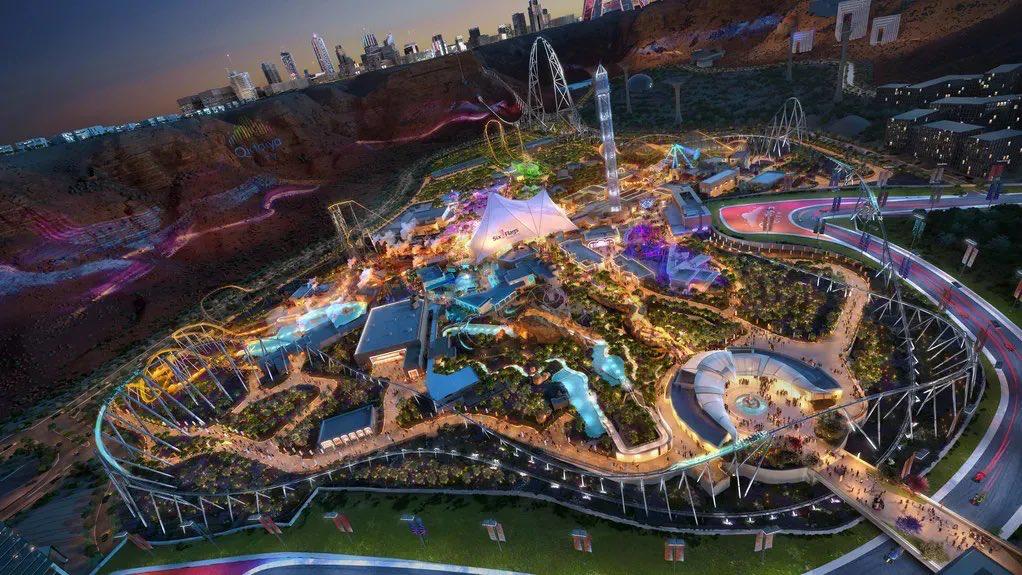
Home to several renowned theme parks like Motiongate and Legoland, Dubai Parks and Resorts offers a thrilling escape from the summer heat. Visitors can enjoy a variety of attractions, from Lego structures to exhilarating water slides, making it a fantastic choice for families and friends looking for adventure. Seasonal events and themed festivals often enhance the experience, ensuring that there’s always something new to discover.
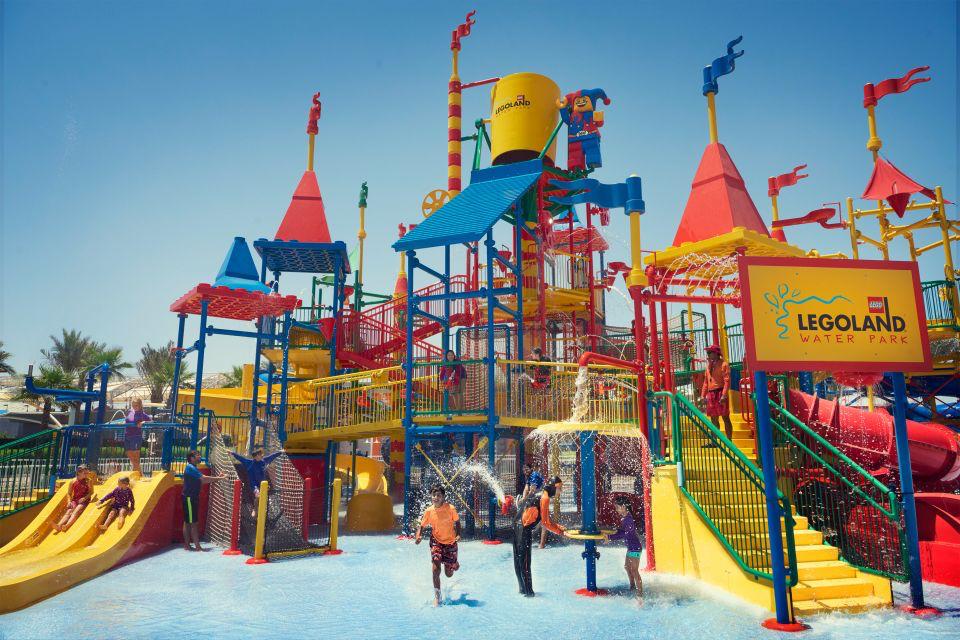
- Location: Sheikh Zayed Road, near Palm Jebel Ali
- Price: Approx. AED 295 for a single park, AED 495 for a multi-park pass
- Opening Hours: Varies by park (generally 10 AM to 10 PM)
- Activities: Roller coasters, water rides, and family-friendly attractions.
7. Dubai Aquarium and Underwater Zoo

Located in Dubai Mall, this aquarium provides a mesmerizing experience where visitors can walk through an underwater tunnel surrounded by sharks and stingrays. The facility includes interactive exhibits and educational talks about marine conservation, inviting visitors to engage with the wonders of the ocean. Whether observing marine life from a distance or diving in for an up-close encounter, this attraction promises a captivating adventure for sea enthusiasts.
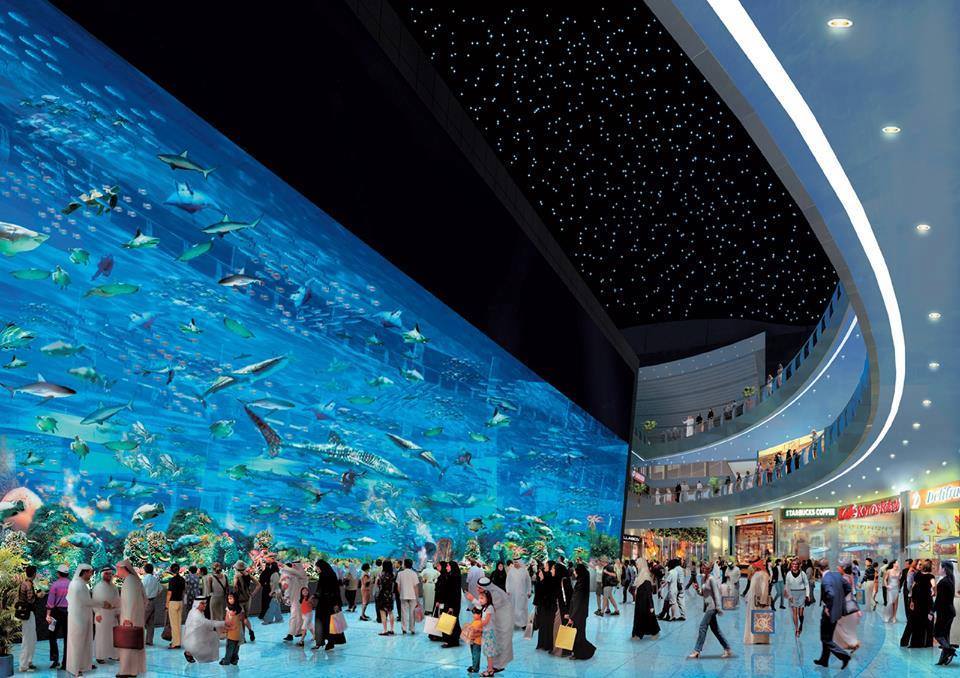
- Location: Dubai Mall, Downtown Dubai
- Price: Approx. AED 100 for adults, AED 70 for children
- Opening Hours: Daily from 10 AM to 12 AM
- Activities: Tunnel walkthrough, shark diving experiences, and animal encounters.
8. Bounce

For those wanting to stay active, Bounce is the perfect solution. This indoor trampoline park allows visitors to jump, bounce, and engage in various activities like dodgeball and zip-lining, making it a fun way to get some exercise while escaping the summer sun. Special sessions for younger children and fitness classes are also available, ensuring there’s something for everyone.
.jpg)
- Location: Al Quoz, near Mall of the Emirates
- Price: Approx. AED 90 for a one-hour session
- Opening Hours: Daily from 10 AM to 10 PM
- Activities: Trampoline jumping, dodgeball, slam dunk zones, and a ninja warrior course.
9. Wild Wadi Water Park
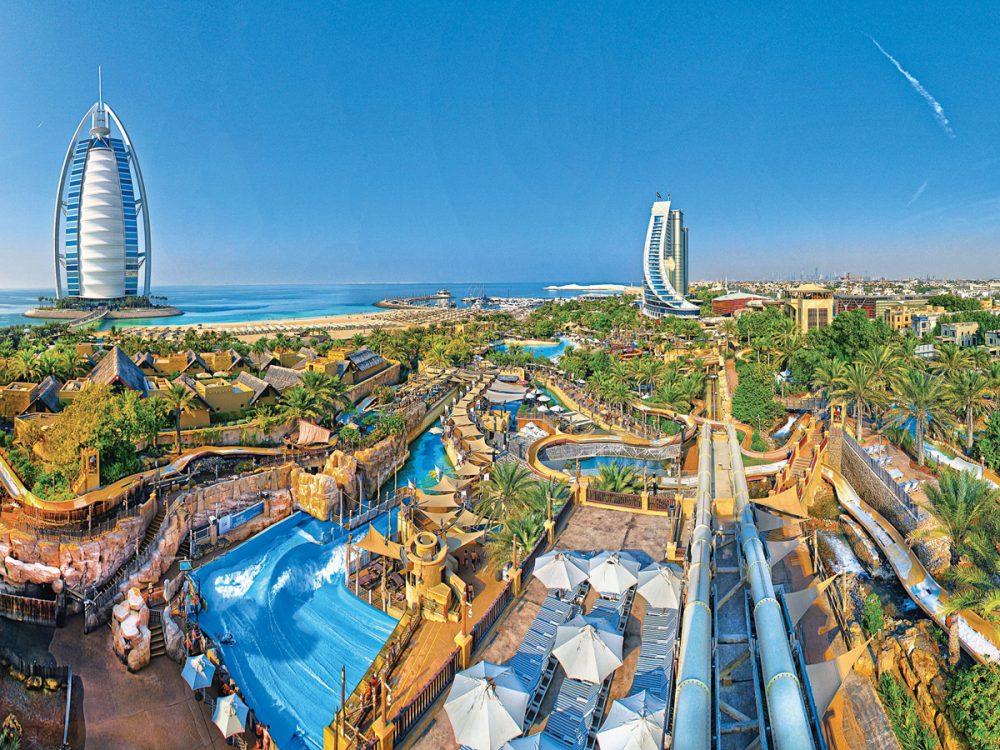
Situated near the iconic Burj Al Arab, Wild Wadi Waterpark offers a refreshing retreat with its array of thrilling rides. Families and friends can enjoy over 30 attractions, including exhilarating slides and lazy rivers. The park also features dining options, ensuring visitors can refuel after a day of fun. Special events and discounts often occur during summer, making it an attractive destination for both locals and tourists.
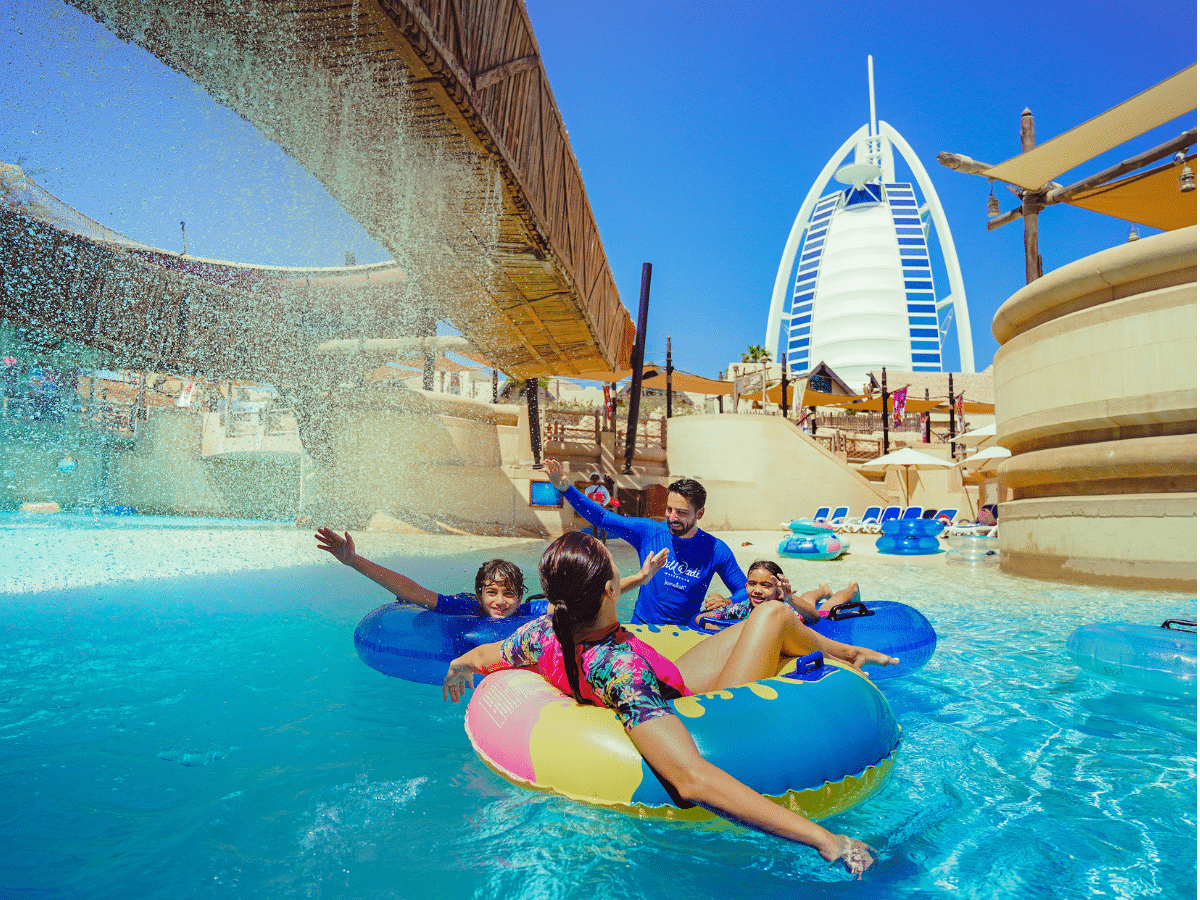
- Location: Jumeirah, near Burj Al Arab
- Price: Approx. AED 336 for adults, AED 280 for children
- Opening Hours: Daily from 10 AM to 6 PM
- Activities: Water slides, wave pools, and lazy rivers.
10. Dubai Hills Mall

Adrenaline seekers can find excitement at Dubai Hills Mall, which features the city’s fastest indoor rollercoaster, The Storm. Additionally, the Adventure Park offers a range of play areas for kids, complete with trampolines, rock climbing, and slides. With various dining and shopping options available, families can easily spend an entire day enjoying the amenities.
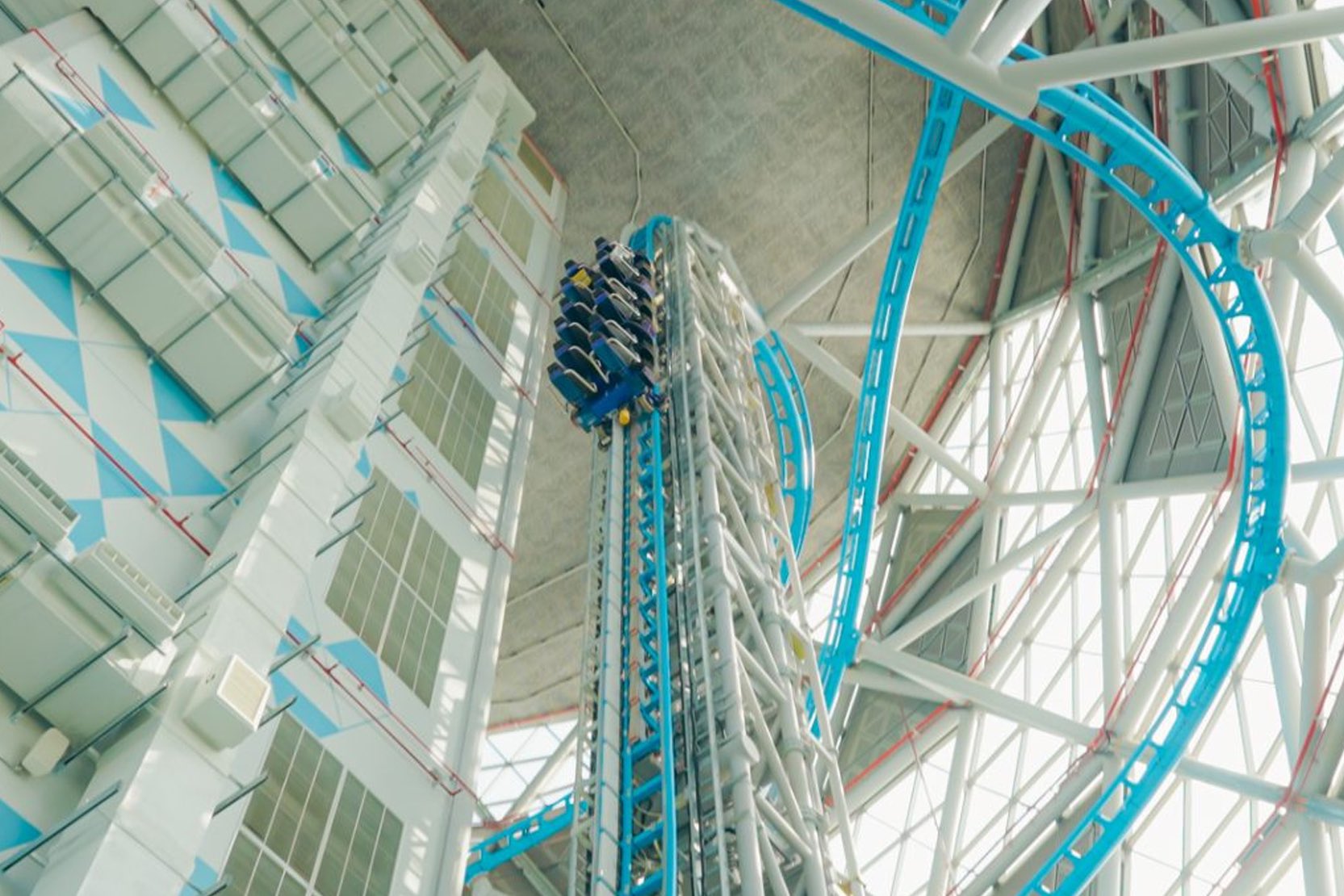
- Location: Dubai Hills Estate
- Price: Free entry; pay for individual attractions
- Opening Hours: Daily from 10 AM to 12 AM
- Activities: Indoor rollercoaster, adventure park, and shopping.
Tips for a Fantastic Summer Experience
- Plan Ahead: Check the official websites for opening hours and any special events or promotions. Booking tickets in advance can often save you time and money.
- Visit During Off-Peak Hours: Try to visit attractions early in the morning or later in the evening to avoid crowds and enjoy a more relaxed experience.
- Stay Hydrated: Always carry water with you, especially when visiting indoor attractions. Many venues have hydration stations, but it’s good to have your own supply.
- Dress Comfortably: Wear light, breathable clothing and comfortable shoes, as you’ll likely be walking a lot. Layering can help, as indoor venues can be cool.
- Check for Discounts: Look for family packages, group discounts, or combo tickets that include multiple attractions for better value.
- Use Public Transport: Dubai’s metro and tram systems are convenient and can save you the hassle of parking. Plus, they’re air-conditioned!
- Explore Dining Options: Many attractions offer unique dining experiences. Take time to enjoy a meal or snack at the venue to enhance your visit.
- Capture the Moment: Bring a camera or smartphone to take photos. Many attractions feature Instagram-worthy spots perfect for capturing memories.
- Stay Updated: Follow the official social media pages of the attractions for real-time updates on events, promotions, and any changes in operations.
- Plan for Breaks: Schedule downtime to relax and recharge, especially if you’re visiting multiple attractions in one day.
Dubai’s 2025 summer lineup guarantees a dynamic mix of innovation, adventure, and culture-all tailored to beat the heat in style. Whether you’re chasing thrills, culinary delights, or educational gems, the city delivers unforgettable experiences for every traveler.































.jpg)
.jpg)















.jpg)







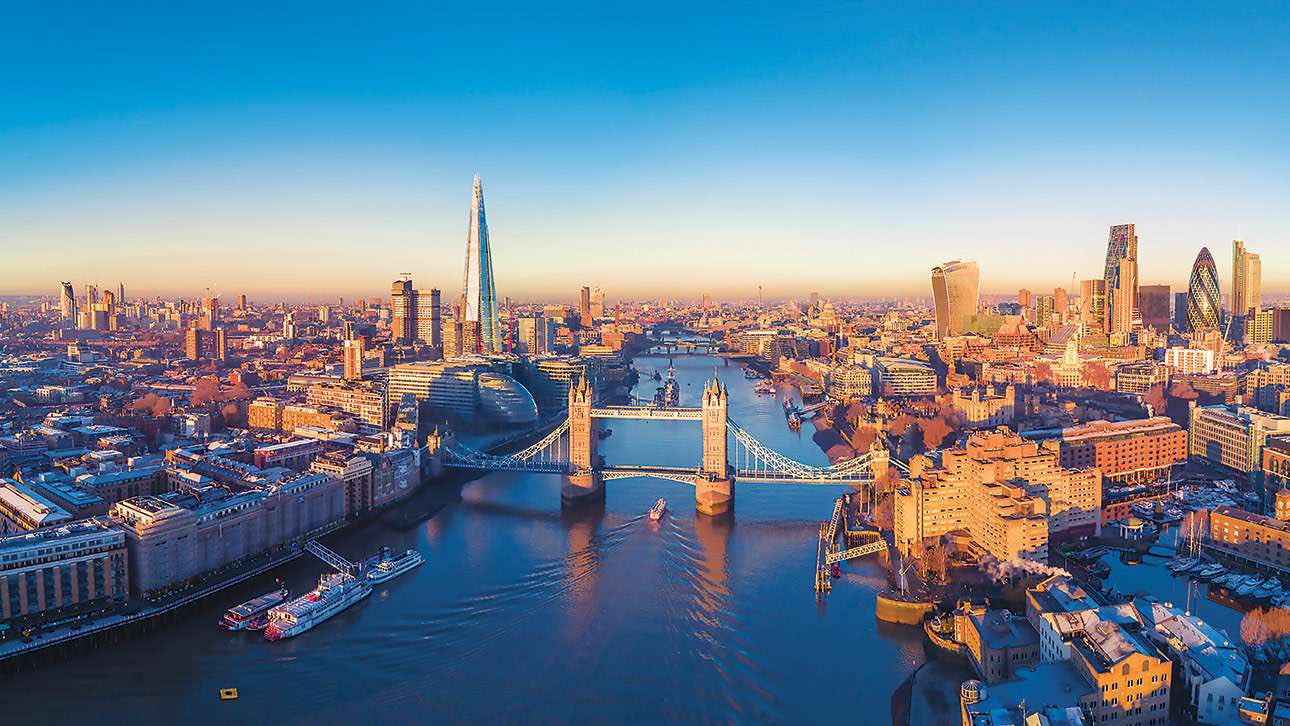
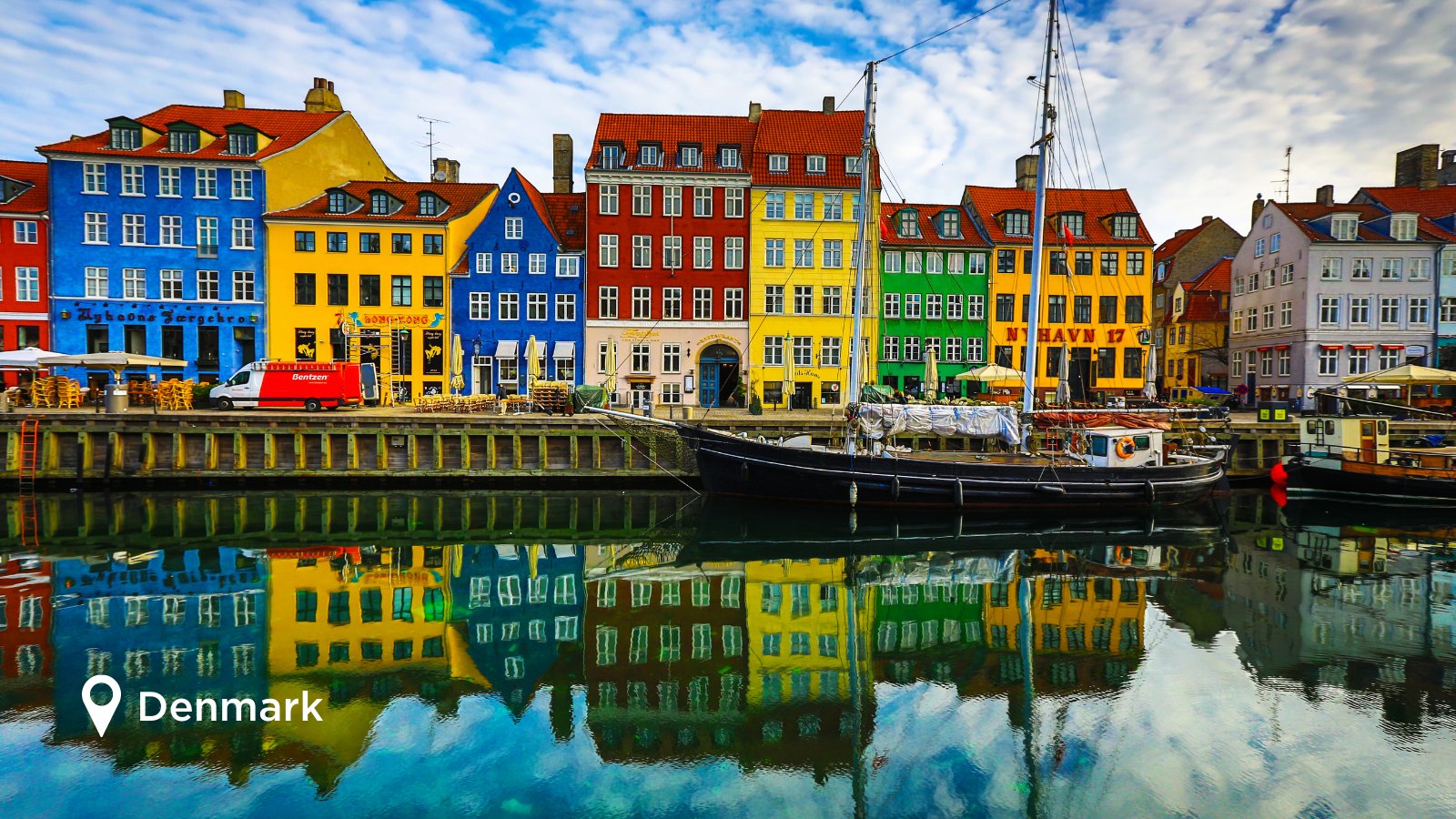
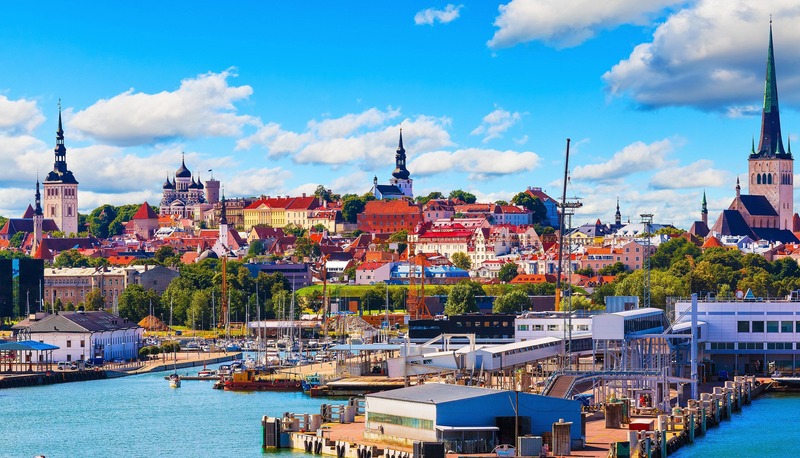
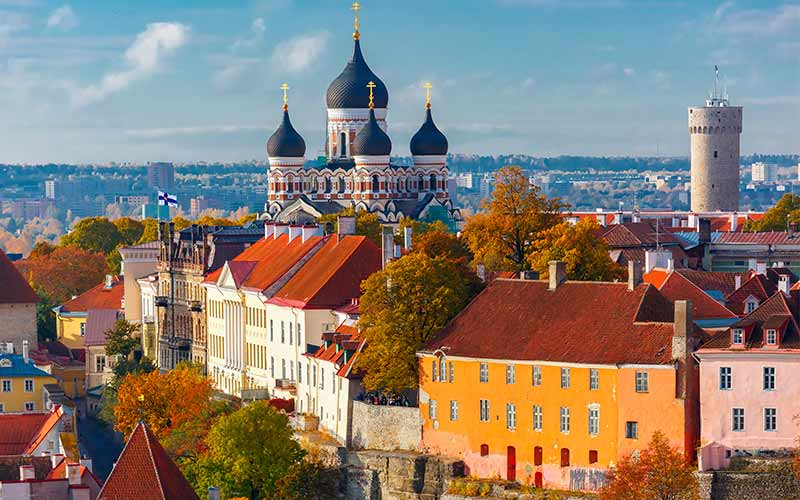
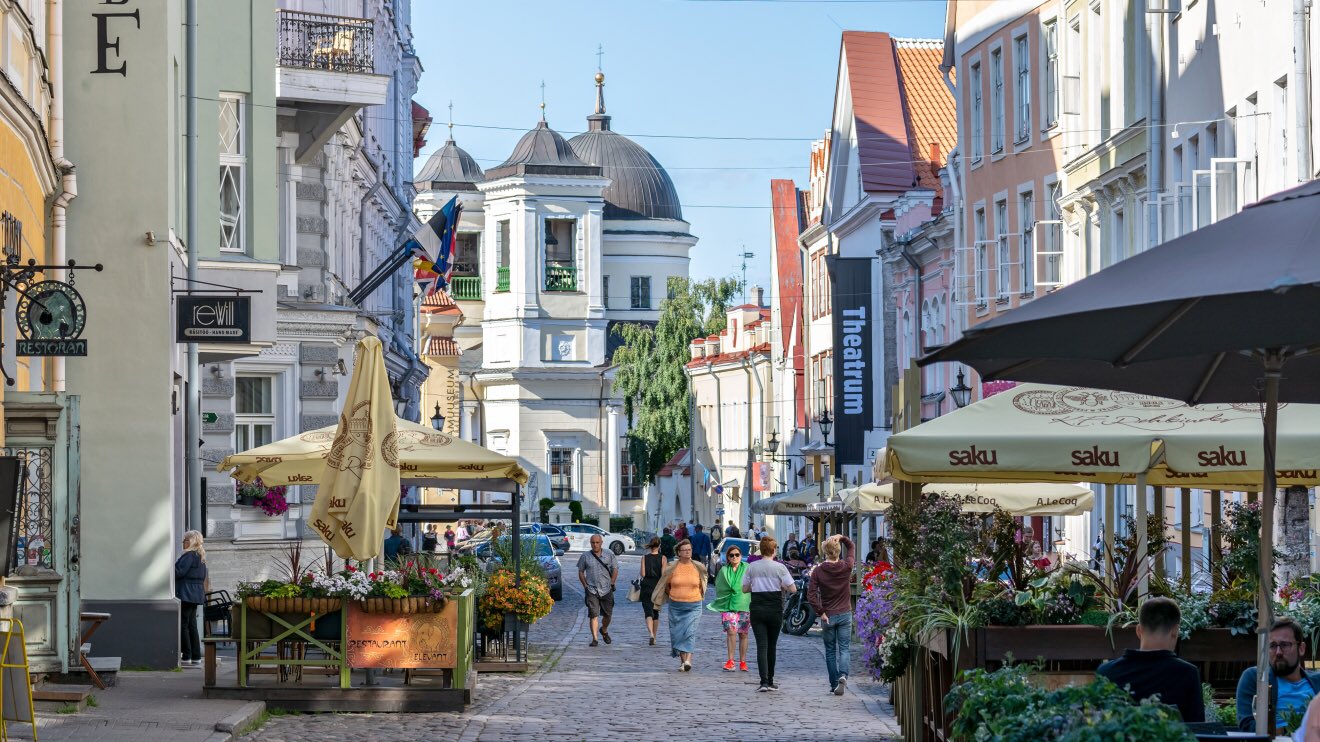


.jpg)

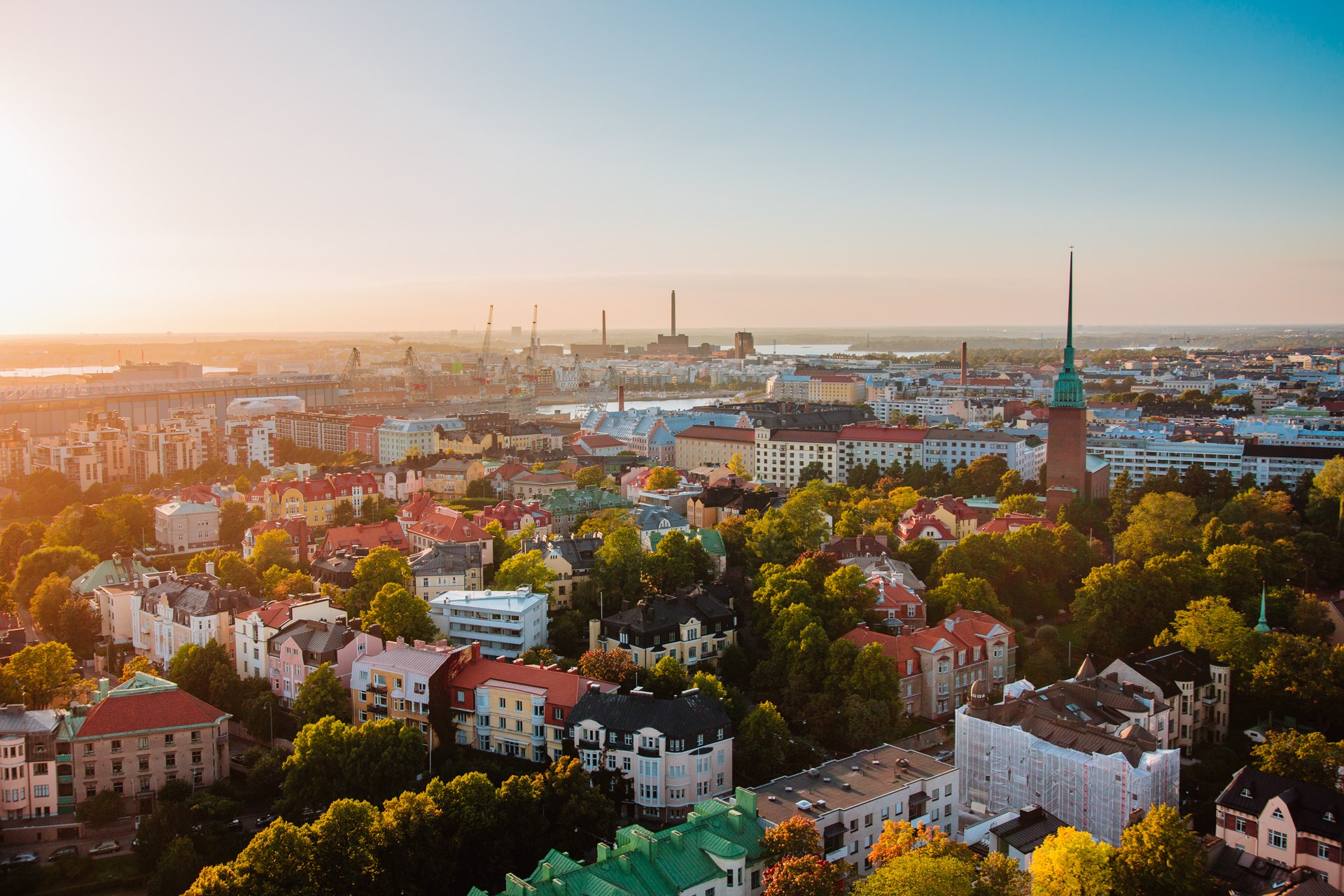



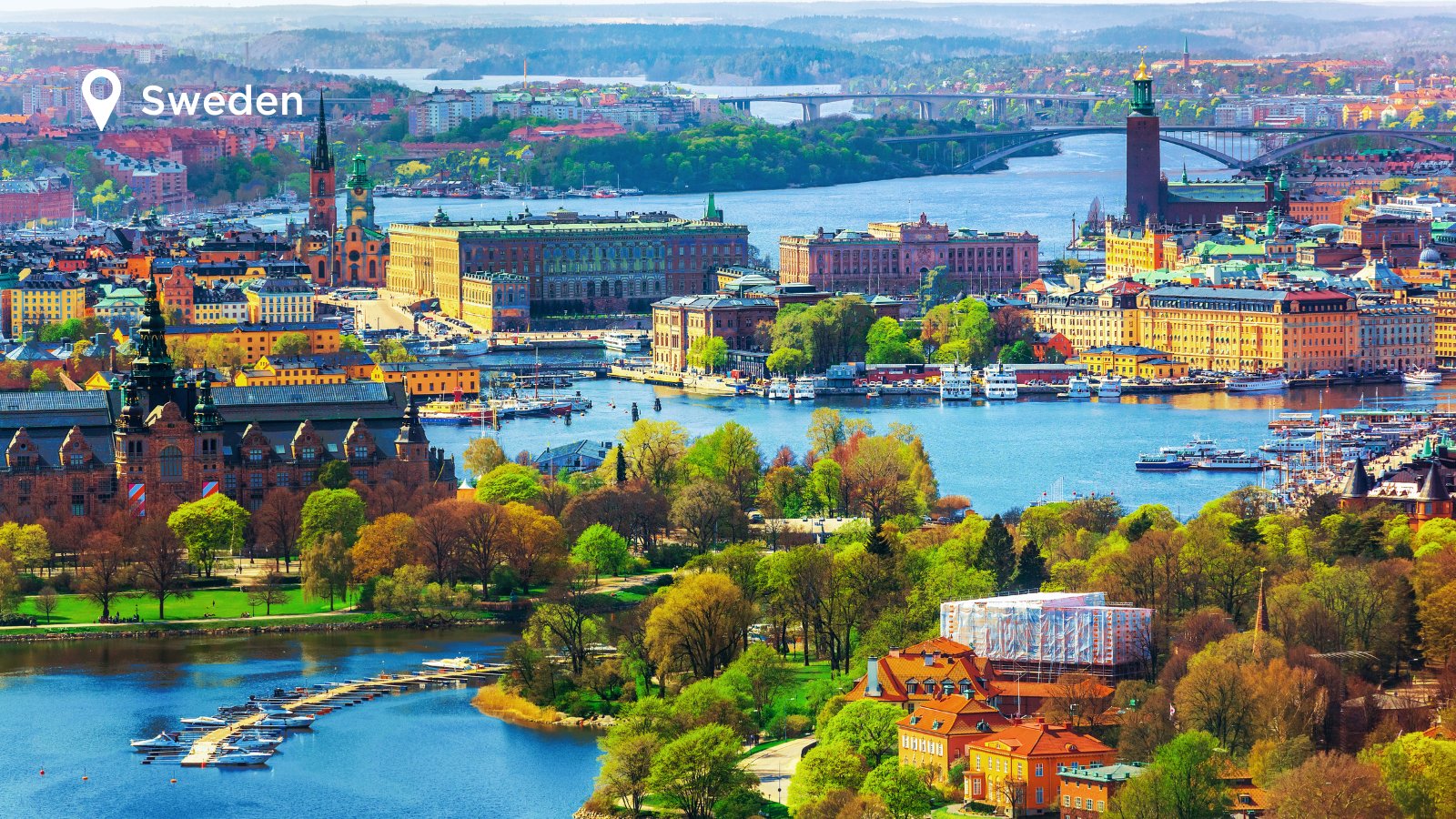

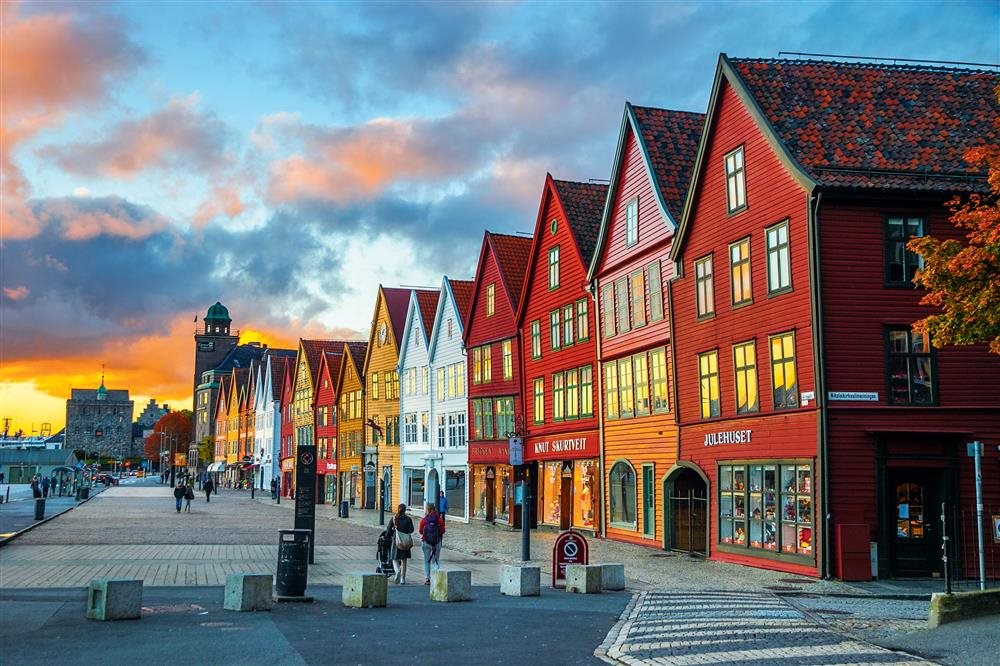

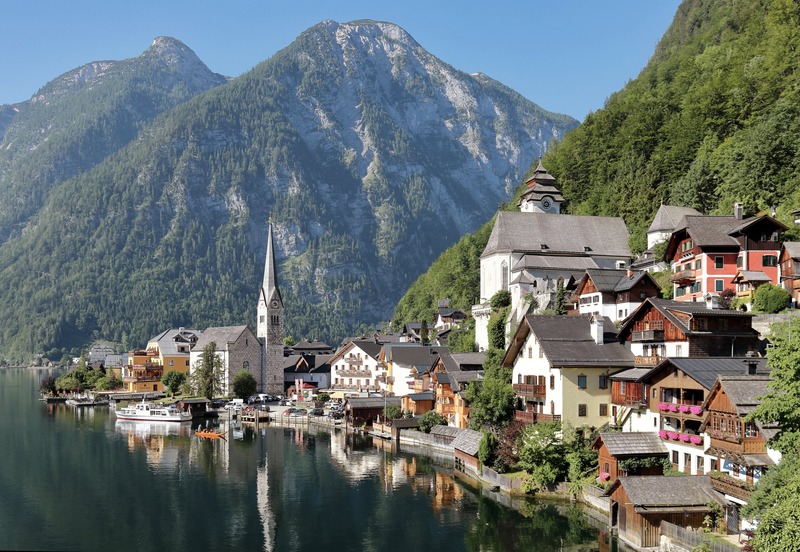

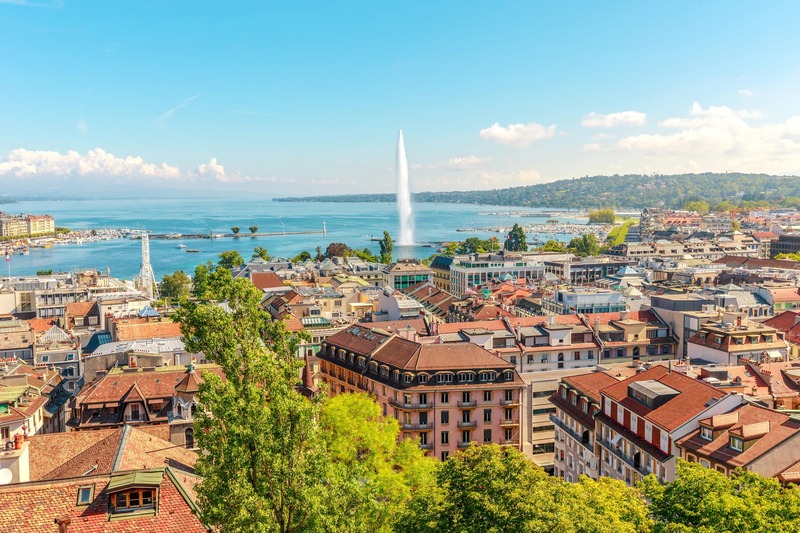
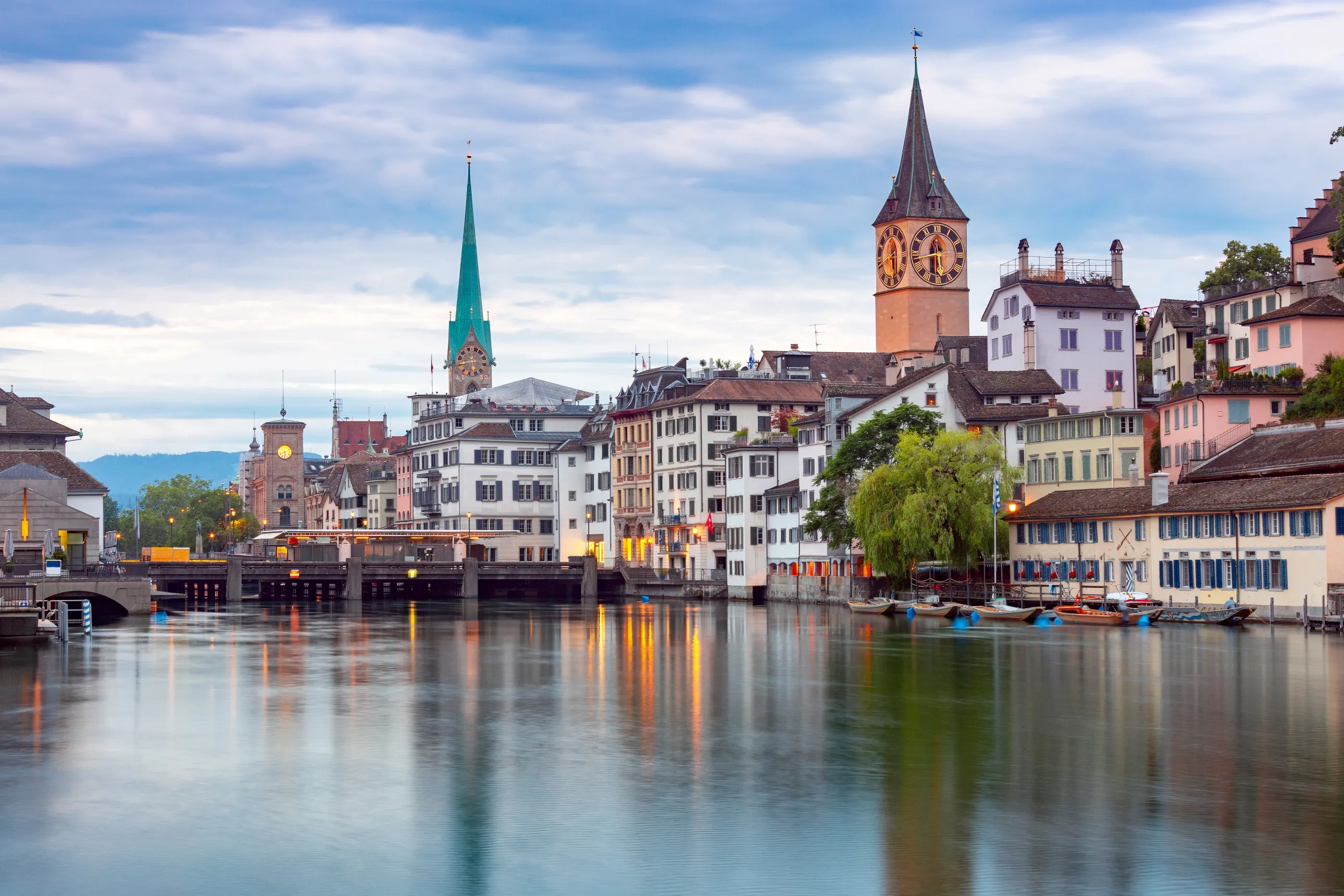
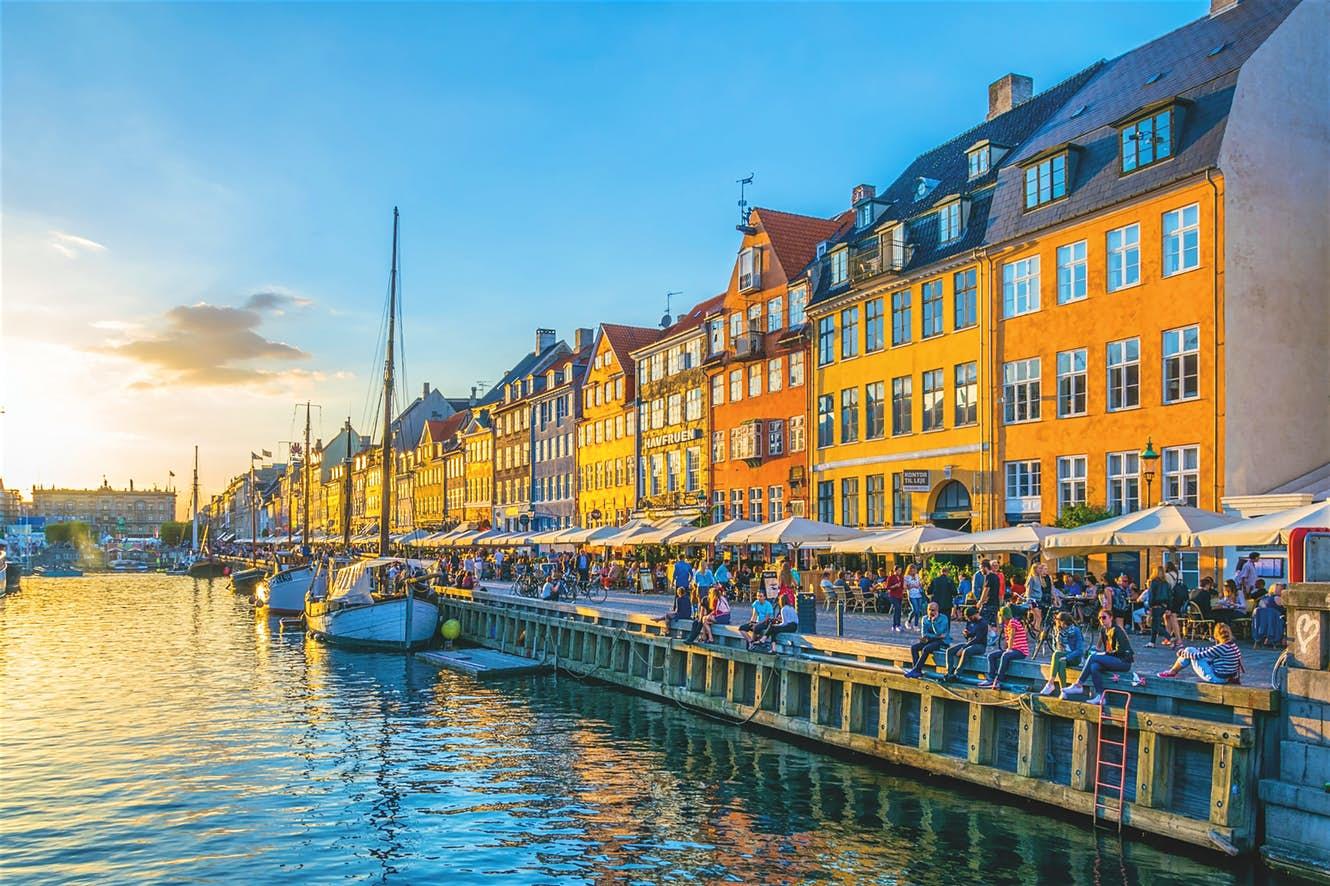




.jpg)



